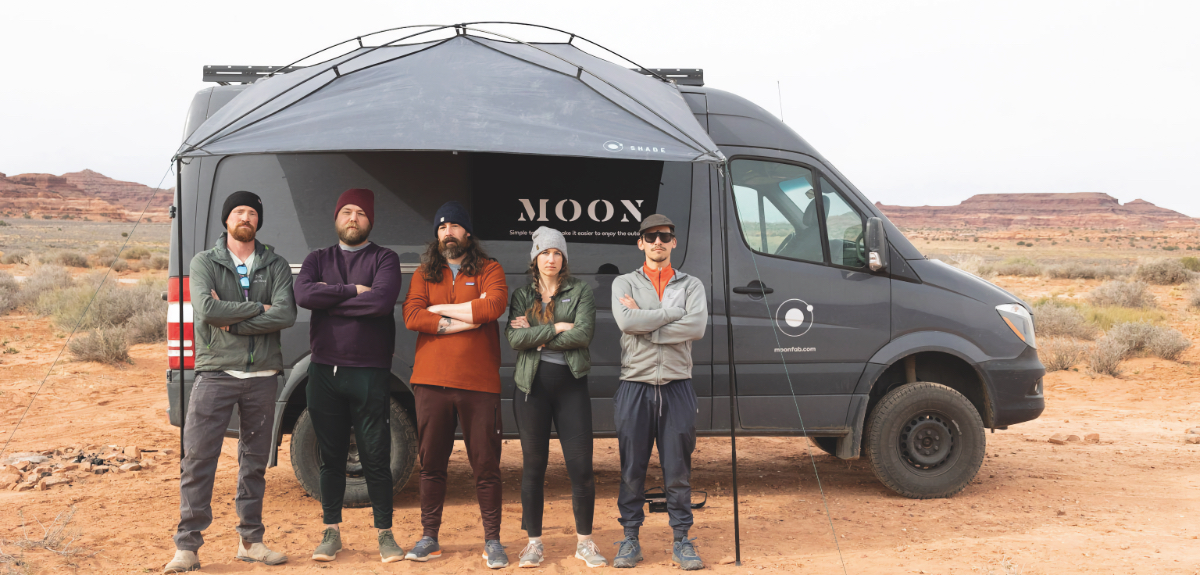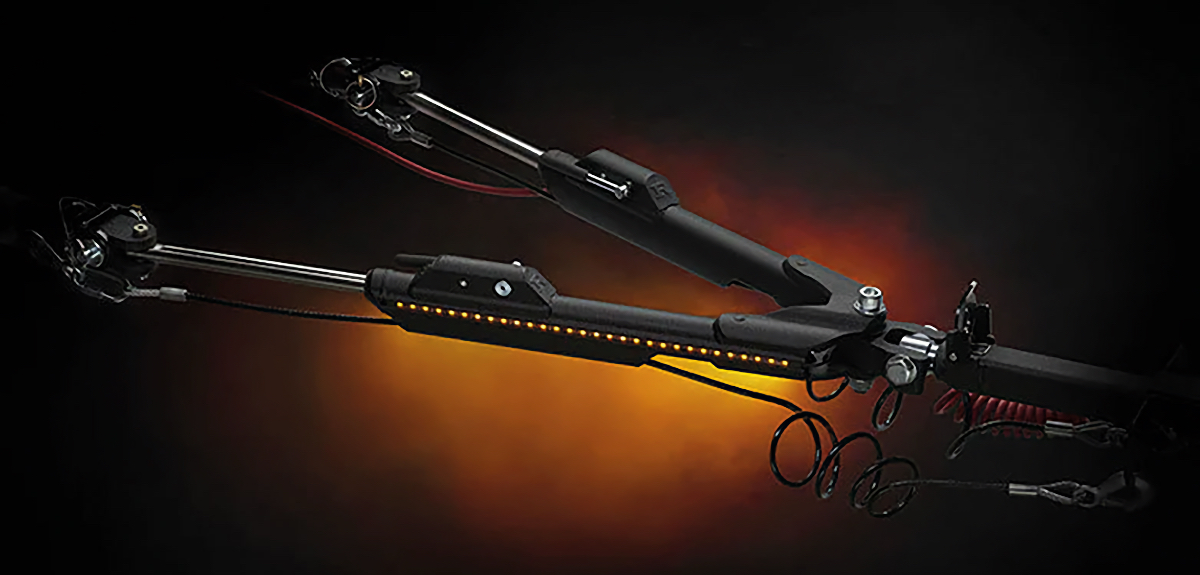How to Layer for Cold Weather Camping Adventures
Having the Right Clothing Can Make All the Difference When Staying Comfortable Outdoors
Image Caption: Photo Credit: NAPA74/Getty
For many RVers, camping is a three-season activity. They enjoy the mild weather that comes with spring and fall and bask in the warmth of summer. But when winter arrives, they hole up indoors for three months in an effort to avoid the snow and cold temperatures.
While it is true that chilly conditions can make it hard to get motivated to go outdoors, using a proper layering system can make all the difference. Armed with the right outdoor apparel and knowing how to best utilize your gear, it is possible to embrace the winter weather and learn to love the cold. After all, who wants to spend three months inside when there is so much to see and do?
Here’s how to use a layering system to stay warm on your winter outdoor adventures:
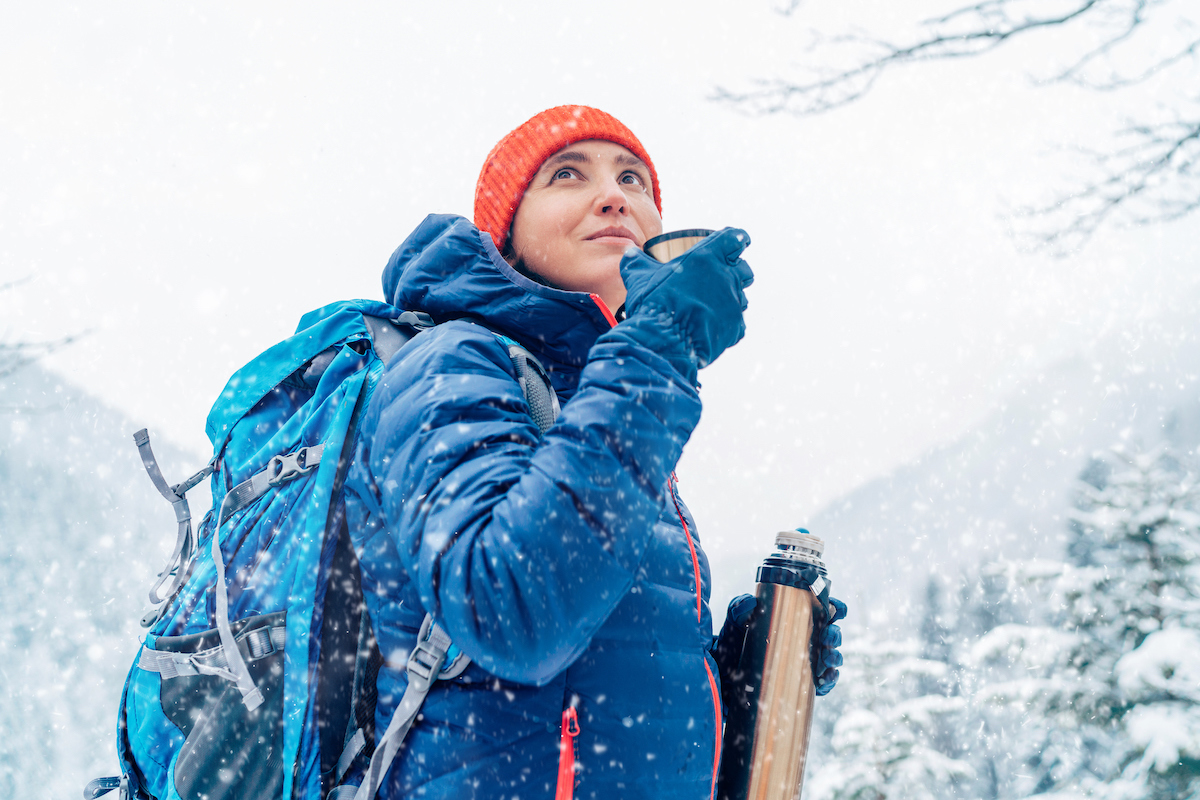
Photo Credit: Solovyova/Getty
What is a Layering System?
Wearing additional layers of clothing to stay warm in the winter isn’t a new idea. For centuries, people have been using everything from thick animal furs and heavy blankets to dense flannels and cozy sweaters to fend off the chill of winter. That approach isn’t without its merits, particularly if you’re staying inside a warm shelter.
But if you want to venture outdoors and be active during the colder months of the year, there is a better approach. The idea behind a layering system is to wear articles of clothing that create and trap heat close to the body while protecting you from wind and moisture. Using layers that work together, it is possible to go outside and enjoy your favorite activities, even when the mercury takes a plunge and snow is falling from the sky.
Modern outdoor apparel is designed to work as part of a layering system, with each garment playing an essential role in the process. Wearing layers brings increased versatility, too, allowing you to remove or add items as weather conditions and activitiy levels change. This flexibility is the key to staying comfortable, as it is just as important to avoid overheating as staying warm. With the right clothes, you’ll be ready to take on anything that Mother Nature throws at you.
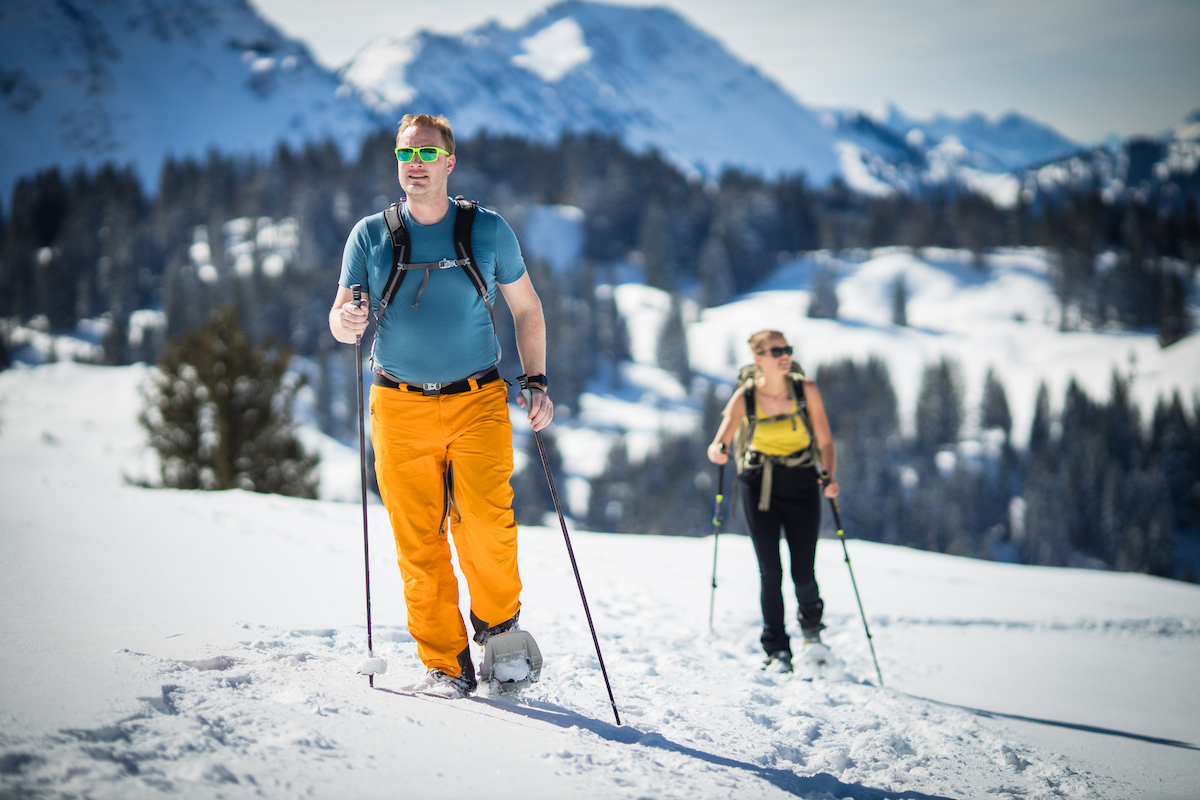
Photo Credit: ViktorCap/Getty
Base Layers
Every good layering system starts with the base layer. These are articles of clothing that sit closest to the skin, playing a vital role in regulating temperature. Base layers keep your arms, legs, and core warm in cold conditions but are also highly breathable, quick-drying, and adept at wicking moisture away from the body. That means they allow hot air and perspiration to escape, preventing the fabrics from becoming damp and potentially creating a dangerous situation.
Modern base layers are made from synthetic performance fabrics or natural merino wool. Those materials keep the wearer warm, dry, and comfortable even in extreme conditions. These tops and bottoms are available in various weights—or thicknesses—with thinner base layers used in cold but not frigid temperatures, while thicker layers perform better as temperatures drop. The fabrics also tend to be antimicrobial, which means they won’t collect a foul order after they’ve been worn a few times.
It is essential to avoid wearing clothes made of cotton on any outdoor excursion. While cotton is lightweight and comfortable, it isn’t very breathable, absorbs moisture, and takes a long time to dry. When cotton gets wet, it becomes a liability, potentially leading to hypothermia and frostbite. Because of this, you should leave your cotton apparel at home when setting out on an adventure.
Shop men’s and women’s base layers at The House

Photo Credit: Maridav/Getty
The Insulating Layer
Next, we have the insulating layer, which—true to its name—generates heat for the wearer. It does this in two ways; first, it is a thicker and heavier garment, which means it is naturally warmer than the base layers found underneath. Secondly, it also has the ability to trap warm air as it escapes the breathable/wicking base fabrics, creating pockets of warmth as a result.
The insulating layer can take several forms, such as a fleece pullover, a technical hoodie, or a warm puffer jacket. Which one you choose to wear depends on the conditions. On a milder winter day, a lightweight fleece may provide all the warmth you need, but a down jacket may be necessary when temperatures drop below freezing. For added versatility, you may even bring both.
Shop insulating layers at The House
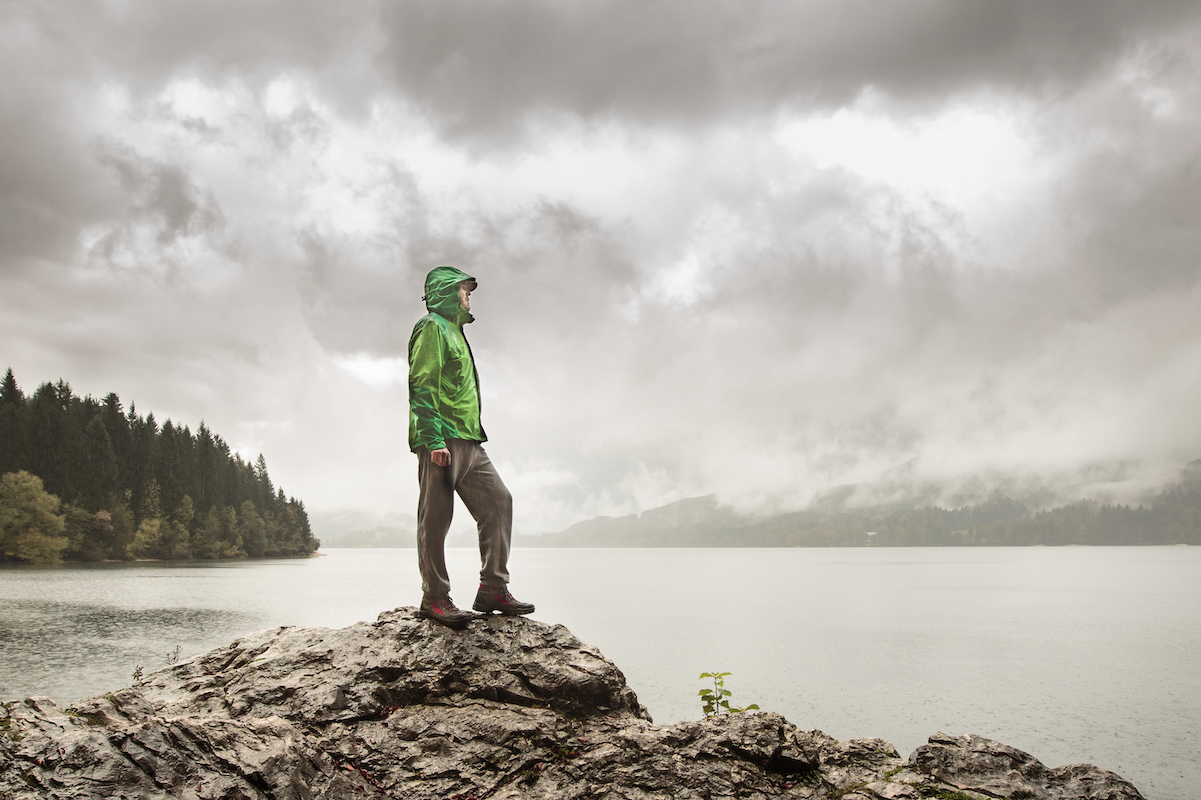
Photo Credit: zikovec/Getty
The Outer or Shell Layer
The outer or shell layer sits on top of all of your other clothing, providing protection from the elements. This layer consists of highly technical apparel designed to resist wind, rain, and snow. In a sense, the shell layer serves as a shield, keeping everything underneath warm and dry while remaining relatively breathable.
Typically, the outer layer consists of a lightweight shell jacket and pants made from high-performance materials. Those fabrics are usually water-resistant or fully waterproof and are covered in a DWR (durable water-repellant) coating that allows moisture to roll right off. Usually, these jackets come with a hood and are sized large enough to comfortably fit over the other layers.
When selecting an outer shell, pay attention to whether or not the manufacturer lists it as “water-resistant” or “waterproof.” A water-resistant garment provides good protection from rain and snow but doesn’t offer the same level of performance as one that is waterproof. Conversely, a waterproof coat or pants will be less breathable, meaning it is more likely to trap moisture inside on an active outing.
Shop for men’s and women’s shell jackets at The House
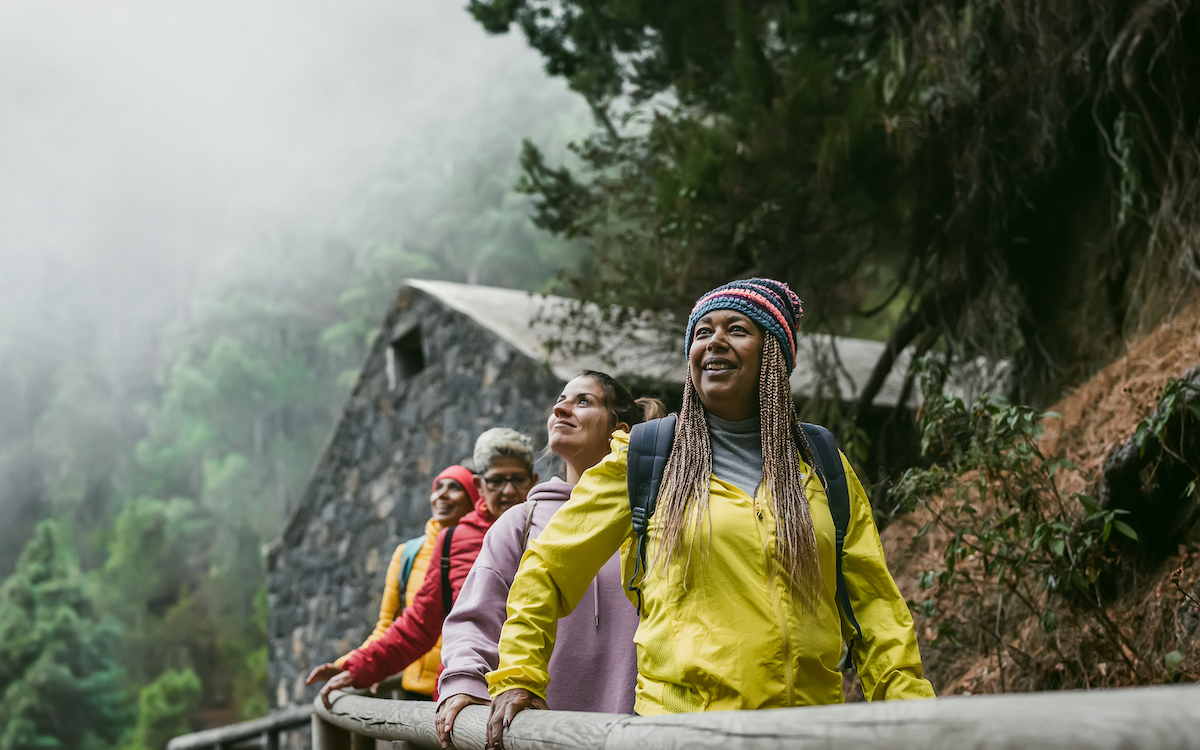
Photo Credit: Alessandro Biascioli/Getty
Mix and Match Layers
Now that we’ve defined each of the different layers and what they do, you’re ready to mix and match apparel as needed. Your base layers are the anchor for the system, but you can add an insulating layer for additional warmth when needed and a shell jacket when the weather calls for it. A shell can even be used without an insulator if temperatures are warm, but precipitation is falling.
The layering system also comes in handy for adjusting to changing activity levels. For example, when you first start a hike, you may feel cold, but once you get moving, you begin to warm up. This allows you to shed a layer or two and remain dry and comfortable. Later, when you stop for a break, pull on a fleece or down jacket for some added warmth until you get going again.
Your layering system is all about temperature and moisture management, which can fluctuate wildly throughout the day. But by wearing the proper clothing, you can quickly adapt to those changes while remaining safe and comfortable.
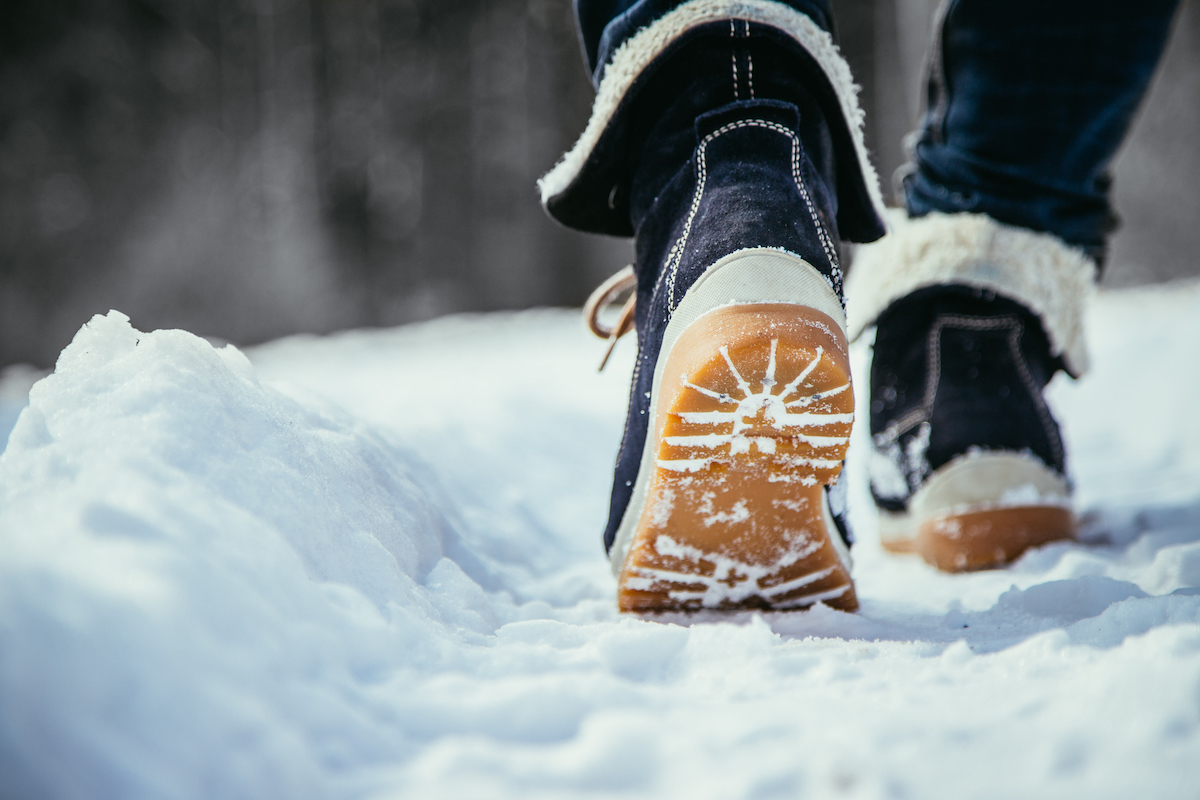
Photo Credit: Patrick Daxenbichler/Getty
Boots, Socks, and Gloves
While boots, socks, and gloves aren’t technically part of a layering system, they do play an essential role in keeping you warm in the winter. If you plan to be outdoors in the cold and snow, it is crucial to have the proper gear for your hands and feet too. After all, it doesn’t matter if the rest of your body is warm; when your hands and feet get cold, you won’t enjoy being outside.
Boots: When it comes to selecting a pair of boots for use in the winter, look for ones that are insulated and waterproof. Keeping your feet warm and dry is the key to staying comfortable outdoors in the cold, and a good pair of boots will do that.
Socks: Socks are one of the most overlooked pieces of outdoor gear, but they play a vital role in your comfort. In the winter, you’ll want a pair of warm socks made from wool or a synthetic material. Once again, this will increase breathability and wick moisture, keeping your feet from getting damp and cold.
Socks also come in a variety of thicknesses, so choose a pair that will keep your feet warm in the appropriate weather conditions. Avoid wearing more than one pair of socks at a time, as the increased friction and moisture build-up can cause blisters and hotspots.
Shop for men’s and women’s socks at The House
Gloves: Most of us already recognize the importance of wearing gloves in cold temperatures, but it is worth investing in a proper pair if you spend time outdoors in the winter. As with other outdoor gear, winter gloves use technical fabrics and synthetic insulations to boost performance. Some versions even include battery-operated heating elements that add extra warmth on very cold days.
Shop men’s and women’s gloves at The House
There you have it, the perfect layering system to keep you warm this winter. With these garments in your closet, you can head outside confidently knowing that you’re ready to enjoy winter to its fullest.

Kraig Becker is a writer in the RV, outdoors, and adventure travel space. Over the course of his career he has contributed to such outlets as Popular Mechanics, Outside Online, Business Insider, TripSavvy, Digital Trends, GearJunkie, The Adventure Blog, and countless others. And avid runner and cyclist, he enjoys camping, hiking, mountain biking, kayaking, and just about any other outdoor activity. His travels have taken him to seven continents and on many amazing adventures.


